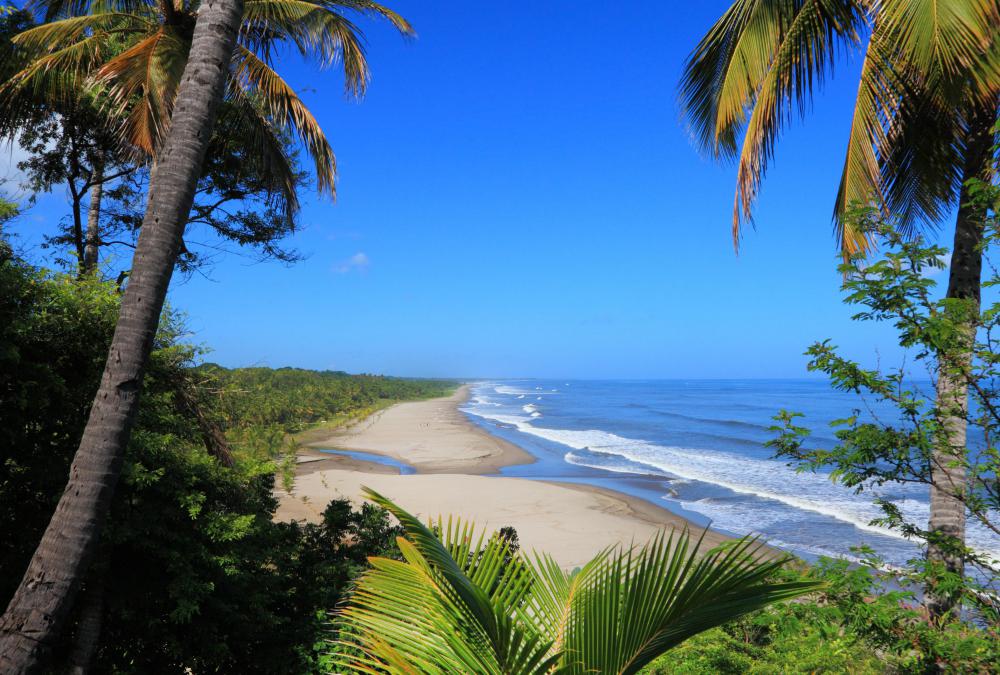At WiseGEEK, we're committed to delivering accurate, trustworthy information. Our expert-authored content is rigorously fact-checked and sourced from credible authorities. Discover how we uphold the highest standards in providing you with reliable knowledge.
What is Abronia?
An abronia is a flowering plant that is native to warm, tropical climates and sandy or desert areas. These herbaceous plants originate in the western United States and in parts of Canada and Mexico. Depending on the plant variety, the abronia grows as an annual or a perennial, and it blooms snowball-shaped clusters of pink, purple, white and yellow flowers during the summer season. Abronia comes from the Nyctaginaceae, or the Four o'clock family, of herbaceous plants. These types of garden plants earned the four o'clock designation because their blooms typically open during the late afternoon, then close during the following morning.
Common names for abronias include sand-verbenas and wild lantanas. Some gardeners may select varieties such as abronia fragrans, abronia umbellata, abronia latifolia and abronia maritima. Characteristics of the abronia fragrans include white, sweet-smelling floral clusters found in sandy foothills and soils. This fragrant wild lantana, which also goes by the name sweet sand verbena, thrives best with low amounts of water and full sunlight. Seeds for abronia may also be sowed during the spring in time for summer growth, but the seeds must soak in water for up to eight hours before planting them.

Abronia umbellata also identifies as the beach sand verbena, pink sand verbena, and the purple sand verbena. This annual herbaceous plant has its origins along the beaches of the Pacific Coast region, stretching from British Columbia in Canada to California in the United States. Its green, diamond-shaped leaves crop up mostly along coastal dunes, and the bright pink flowers appear from summer to fall.
Abronia latifolia features yellow, snowball-shaped clusters of flowers, earning the common plant name of yellow sand verbena. This variety also goes by the name coastal sand verbena because it grows along the coast like the other sand-verbena species. These perennials typically get planted by seed dispersion and can grow up to six feet (about 1.82 m). Like the other sand-verbenas, the latifolia species blooms its yellow flowers during the hot weather season. The sweet-smelling fragrance of the flowers attracts butterflies, making the plants ideal for planting in butterfly gardens in addition to sandy areas.
The red sand verbena, scientifically known as abronia maritima, grows with green, oval-shaped leaves lying in a flat position, earning it the nickname "beach pancake." Flower colors such as red, wine, and purple usually adorn this variety. Blooms of the red sand verbena tend to appear anytime from late winter through the early fall seasons, and they are natives of Southern California and Mexico.
AS FEATURED ON:
AS FEATURED ON:











Discuss this Article
Post your comments